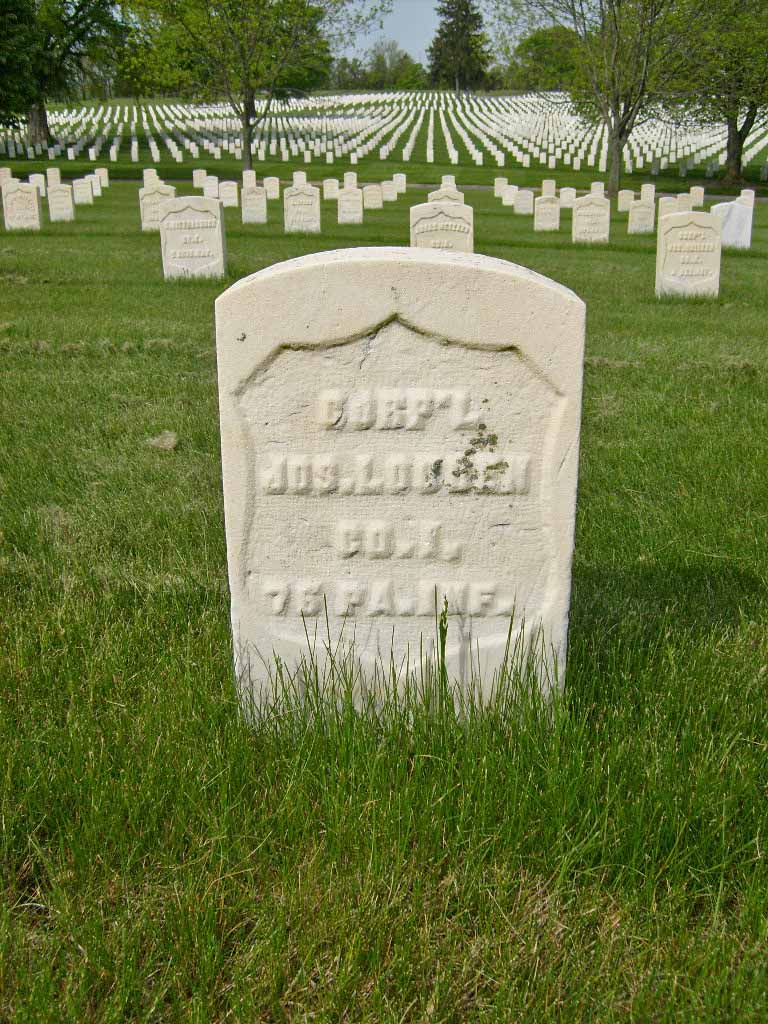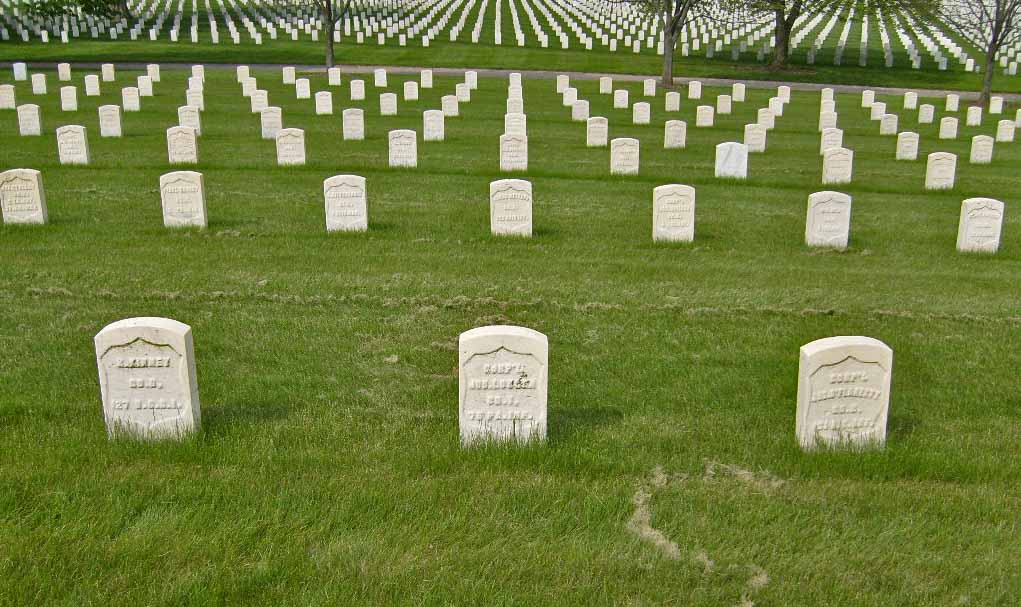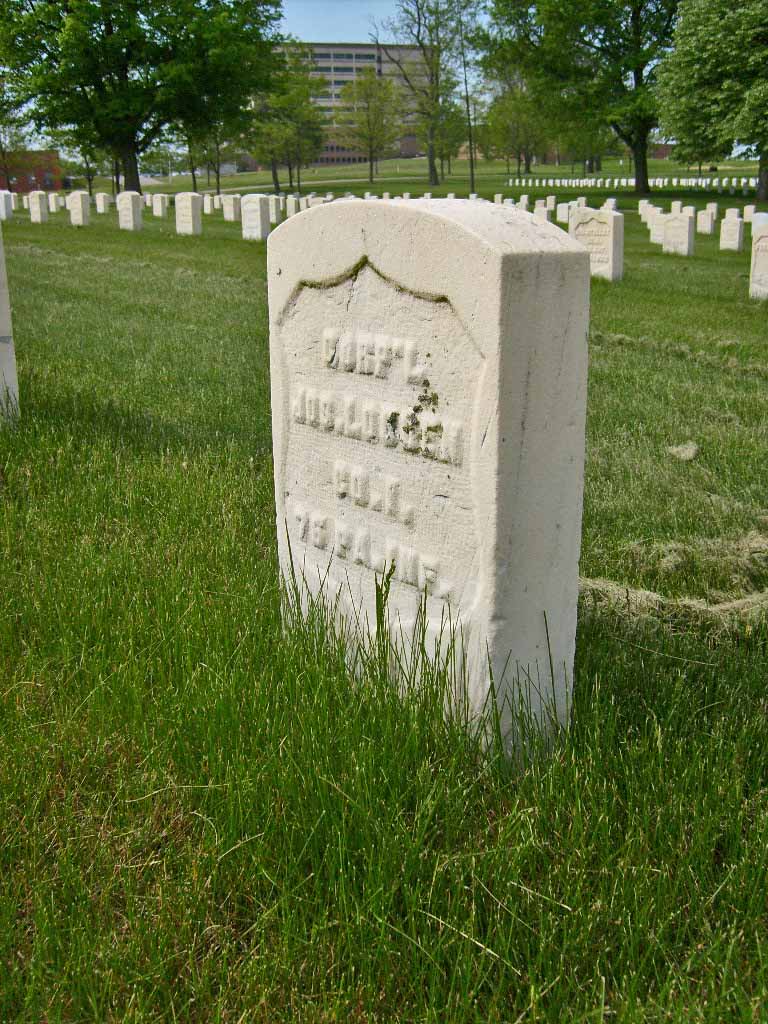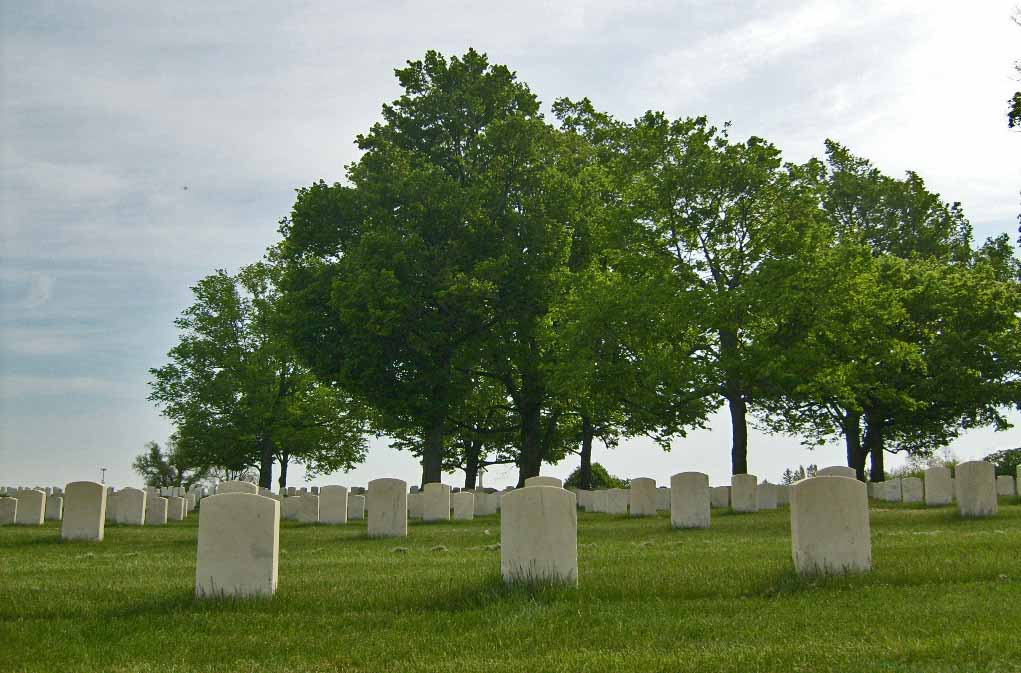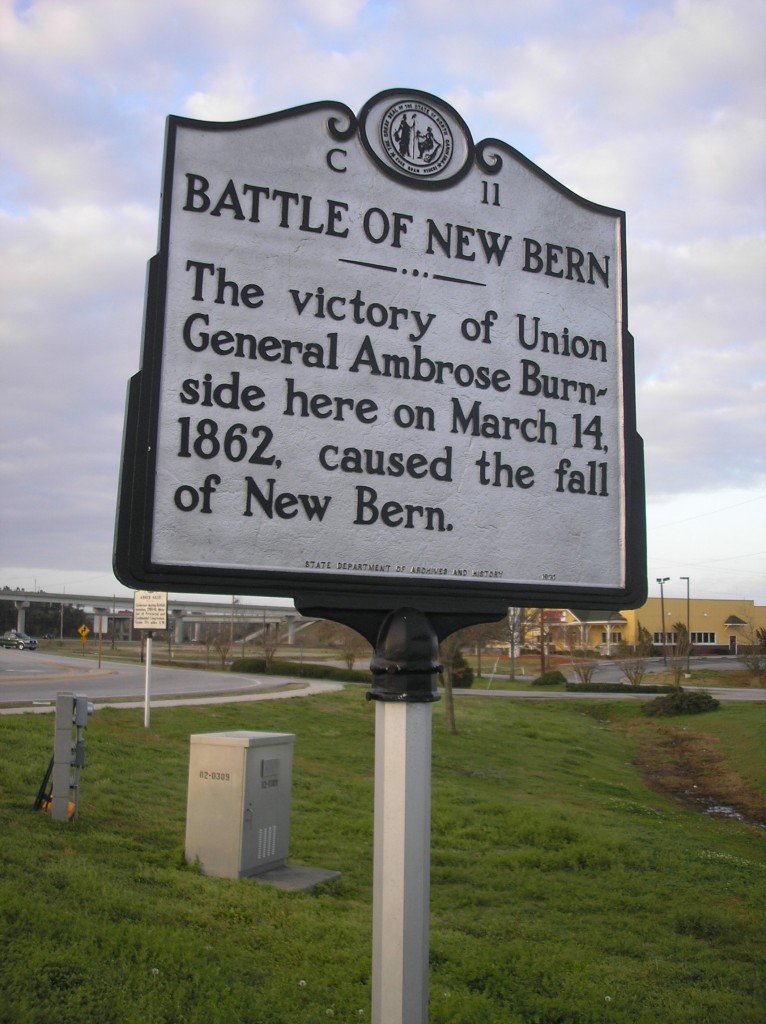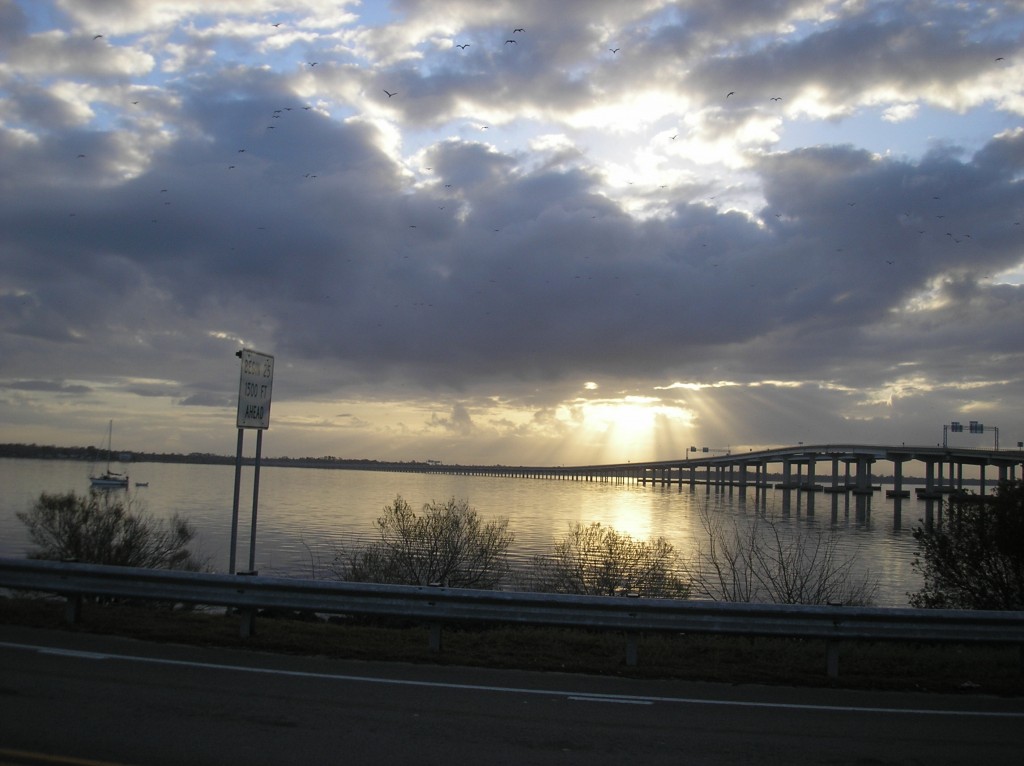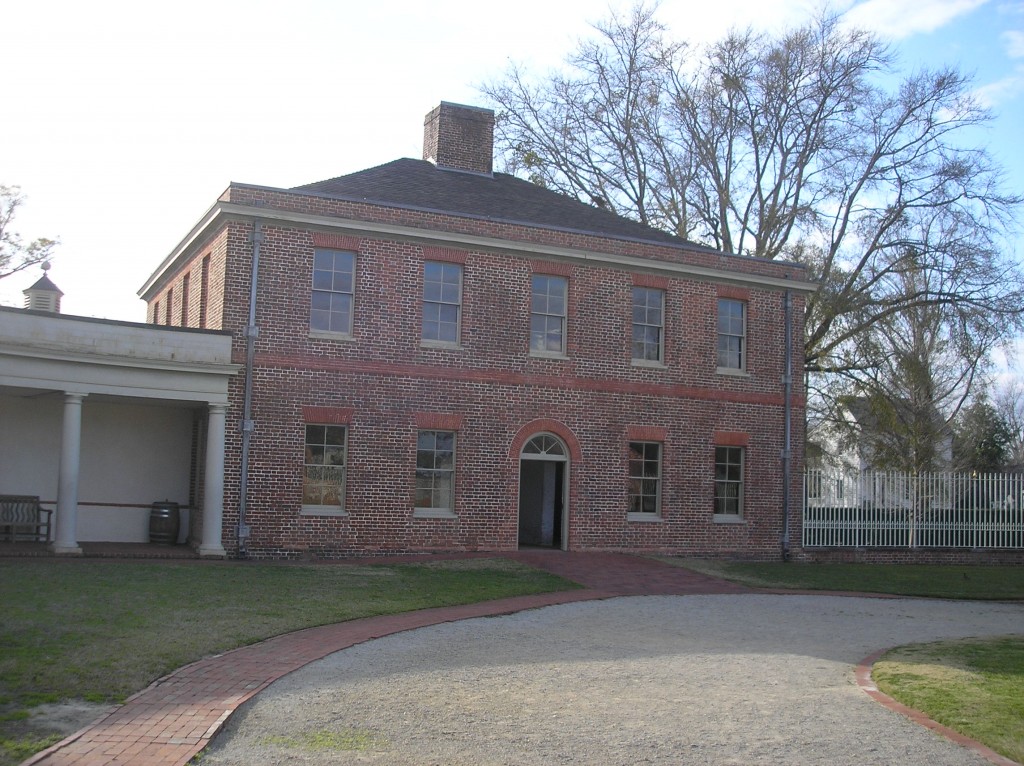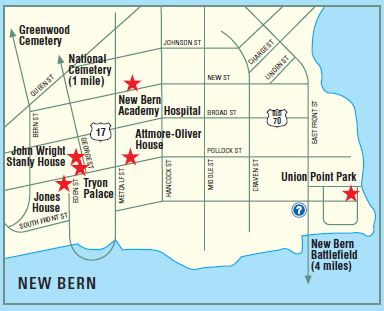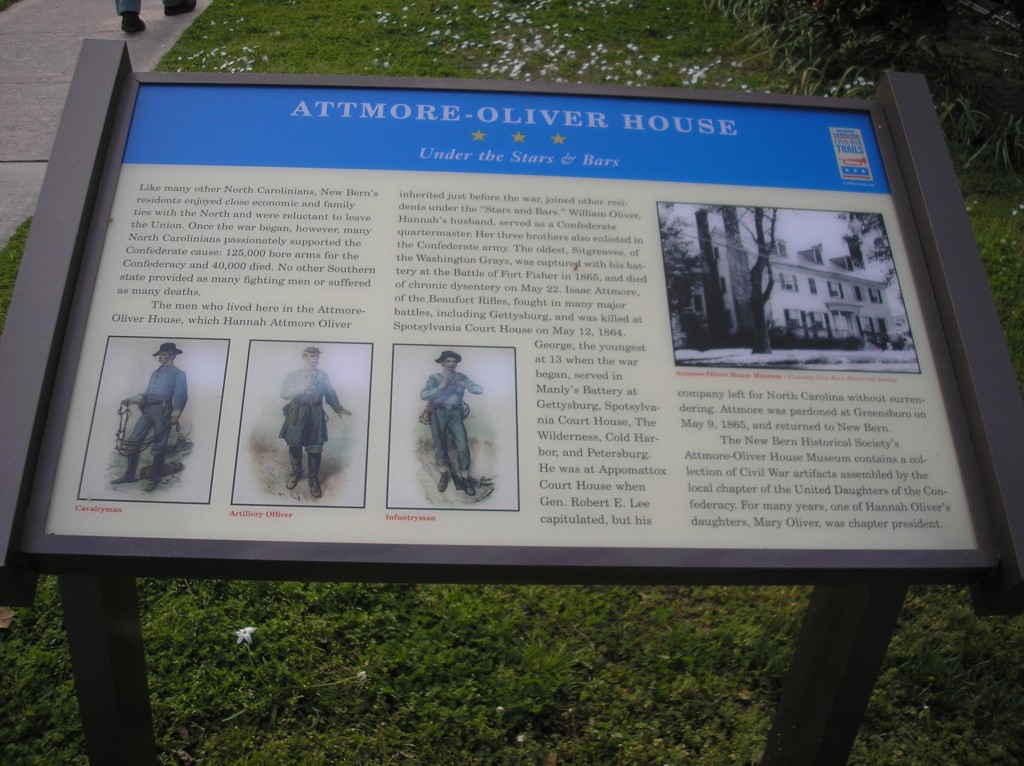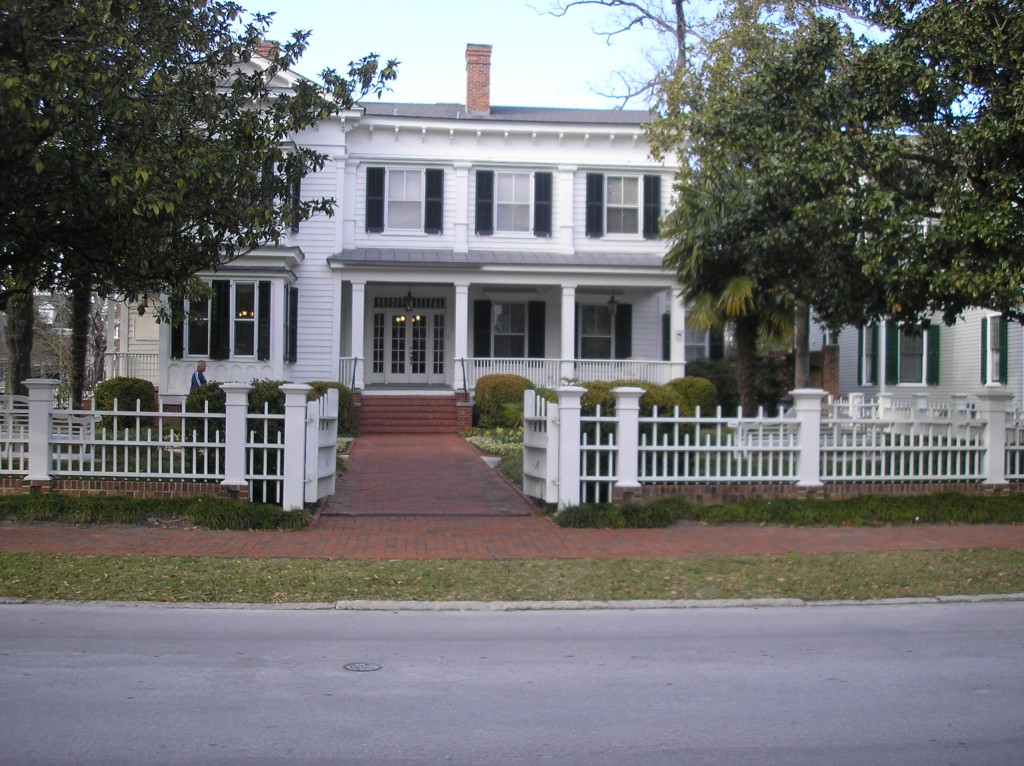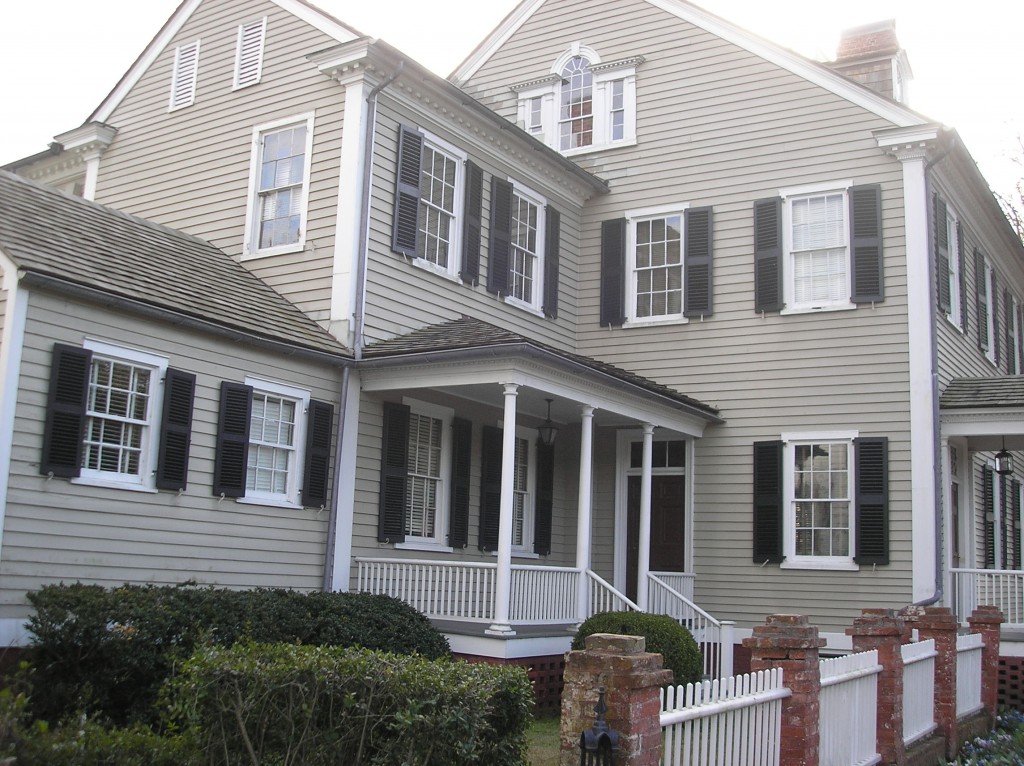Posted By Norman Gasbarro on May 5, 2012
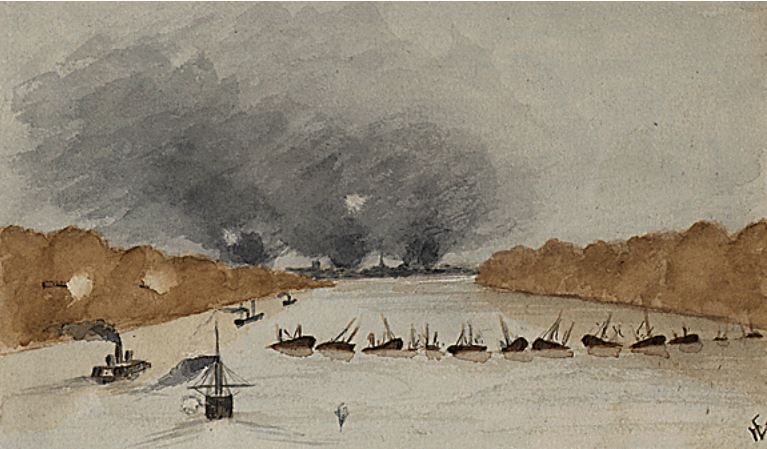
The Battle of New Bern (also called New Berne) took place on 14 March 1862 along the North Carolina coastal area near the town of New Bern, North Carolina. An armed expedition, led by Brig. Gen. Ambrose Burnside and a supporting naval force attacked a group of badly trained and equipped Confederate soldiers and local militia and forced their retreat to a point about 30 miles inland at Kingston. The result was that the coastal area and New Berne were secured and were under Union control for the remainder of the war.
The lineup for the battle included the 51st Pennsylvania Infantry, the only regiment of Pennsylvania origin that was part of the fighting force. At the end of the war, many regiments were discharged from New Bern and the area around it, including the 2nd Company G of the 103rd Pennsylvania Infantry, which was composed almost entirely of men from the Lykens Valley area.
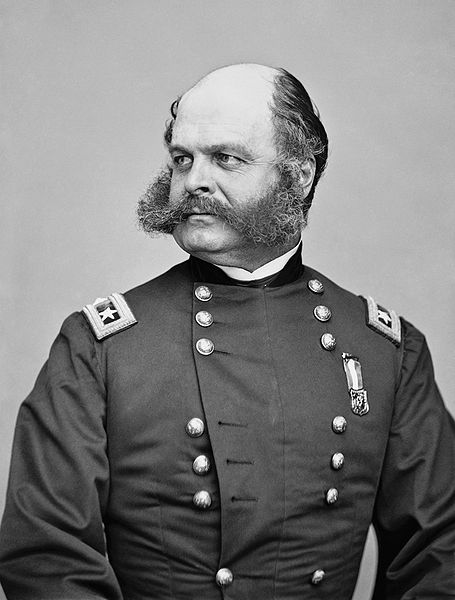
Maj. Gen. Ambrose E. Burnside (1824-1881)
Maj. Gen. Ambrose E. Burnside was the Union commander of the army forces at Roanoke and the Battle of New Bern, North Carolina. He was a native of Indiana whose father was a South Carolina slaveholder who freed his slaves when he moved to Indiana. Ambrose graduated from West Point and held various positions in the army before resigning in 1853 to devote his full attention in Rhode Island to the manufacture of a carbine rifle which came to be known as the Burnside Rifle. Supposedly, another rifle maker bribed one of Burnside’s customers which took the business away from him, and after a disastrous fire at the factory, his business was in financial ruin. He then went to work for the Illinois Central Railroad, where he met one of his future commanding officers, Gen. George McClellan. When the Civil War began, Burnside raised a regiment from Rhode Island and after their 90 day enlistment was over, he was assigned to train brigades for the newly formed Army of the Potomac. His service at the First Battle of Bull Run was considered undistinguished. In September of 1861, he was appointed to the “Coastal Division” or the “North Carolina Expeditionary Force.” Although Burnside’s leadership at New Bern was considered successful, his later defeats at Fredericksburg and at the Battle of the Crater put him on the list of the most incompetent leaders of the Civil War. Unfortunately, he became best known for his “sideburns”, a style of facial hair which derived its name from his surname.

Flag Officer L. M. Goldsborough (1805-1877)
Unbelievably, Lewis Goldsborough, who was born in Washington, D.C. was appointed midshipman in the United States Navy in 1812 – at the age of seven – but he didn’t actually report for duty until 1816, when he was almost eleven years old. After a stint in the campaign against the pirates, Goldsborough was appointed the director of a newly formed naval department that centralized information on charts and naval instruments. In the early 1830s he married, Elizabeth Gamble Wirt, the daughter of U.S. Attorney General William Wirt. In the thirty years prior to the Civil War, he was involved, among other things, in the Seminole War in Florida, the Mexican War and was Superintendent of the U.S. Naval Academy at Annapolis. At the onset of the Civil War he took on the responsibility of command of the North American Blockading Squadron and supported Gen. Burnside in the capture of Roanoke Island and in the Battle of New Bern.
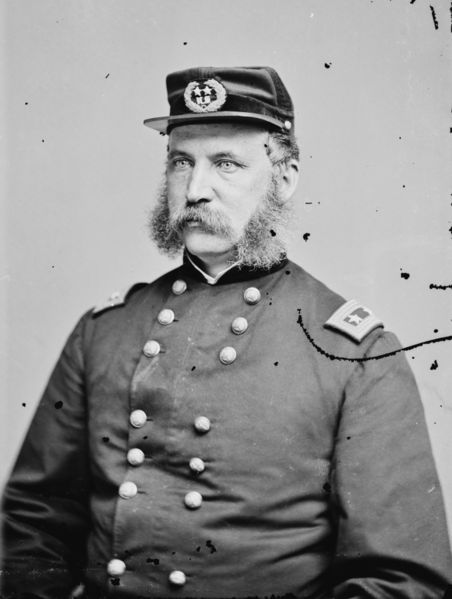
Brig. Gen. John G. Foster (1823-1874)
The First Brigade of Burnside’s army was commanded by Brig. General John G. Foster, a native of New Hampshire, and West Point graduate, Class of 1846, who had seen meritorious service during the Mexican War and was granted promotions for bravery. He became an instructor at West Point and helped to design Fort Sumter. At the Civil War, he was appointed to serve under Burnside in the Department of North Carolina, and when Burnside was transferred to Virginia, Foster took full command of the Department of North Carolina.
Regiments serving in Foster’s Brigade were: 10th Connecticut Infantry; 23rd Massachusetts Infantry; 24th Massachusetts Infantry; 25th Massachusetts Infantry; and the 27th Massachusetts Infantry.
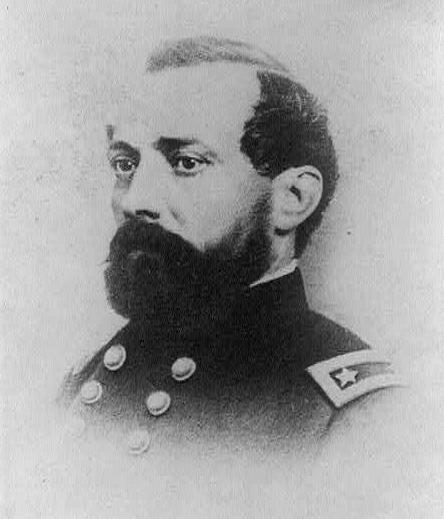
Brig. Gen. Jesse L. Reno (1823-1862)
The Second Brigade of Burnside’s Army was commanded by Brig. Gen. Jesse L. Reno. Reno was born in Wheeling, West Virginia (then Virginia), a descendant of the French “Renault” family that had Anglicized their surname to Reno. He spent his youth in Franklin, Pennsylvania and then attended West Point where he graduated in 1846. While there he became close friends with Thomas “Stonewall” Jackson, George Pickett, and A. P. Hill, all later to fight for the Confederacy. His Pennsylvania connections, beyond his youth spent in Franklin, include a stint as an officer at the Frankford Arsenal, northeast of Philadelphia and sending his son Jesse Reno to Lehigh University in Bethlehem, Pennsylvania. The son became a famous as the inventor of the escalator.
Regiments serving under the command of Brig. Gen. Reno in the Roanoke and New Bern conflicts in 1862 were: 21st Massachusetts Infantry, 9th New Jersey Infantry, 51st New York Infantry, and the 51st Pennsylvania Infantry.
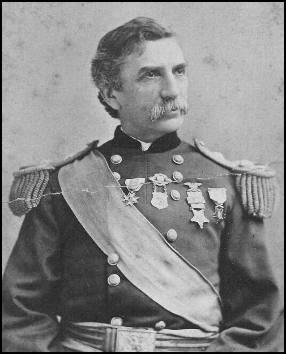
Col. John F. Hartranft (1830-1889)
Commanding the 51st Pennsylvania Infantry was Col. John F. Hartranft, of whom more will be discussed at a later time. G.A.R. Post #58, Harrisburg, is named for John F. Hartranft as has been previously reported. See: Old Soldiers Ousted from Pottsville Armory.
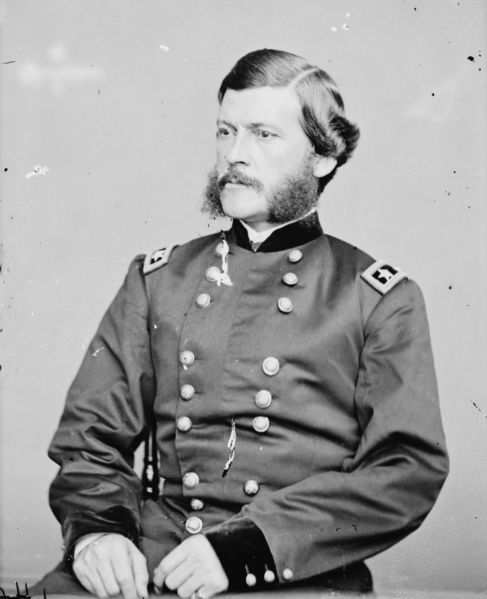
Brig. Gen. John G. Parke (1827-1900)
Brig. Gen. John G. Parke commanded the Third Brigade, which was composed of the 8th Connecticut Infantry, the 11th Connecticut Infantry, the 4th Rhode Island Infantry, the 5th Rhode Island Infantry, and the 9th New York Infantry, the latter regiment not part of the fighting at New Bern. Later in the war, he distinguished himself as a leader of the Ninth Corps, especially at Fort Steadman. After the Civil War, he served as Superintendent of the United States Military Academy at West Point. He died in Washington, D.C., but is buried in Philadelphia.
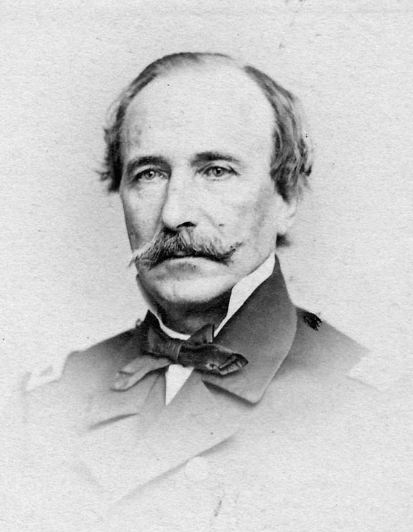
Commander Stephen C. Rowan (1808-1890)
Stephen C. Rowan was an Irish immigrant who joined the navy during the Mexican War. During the Civil War, he led valiant attempts to relieve Fort Sumter and to burn the Norfolk Naval Yard. After the Battle of New Bern, in which he played a supporting role, he took an active part in the coastal blockade. After the war, he spent some time in Asian waters before returning as Commandant of the New York Naval Yard, as head of the Naval Asylum in Philadelphia, and as superintendent of the Naval Observatory in Washington. He was given honors by the navy by having a total of four different ships named for him.
THE CONFEDERATES
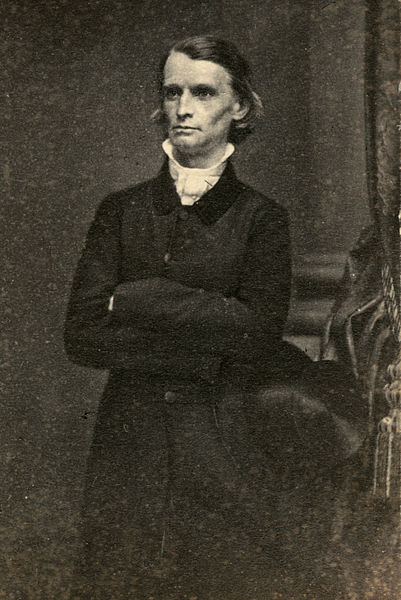
Brig. Gen. Henry A. Wise (1806-1876)
The Commander of the forces of the Confederacy was Brig. Gen. Henry A. Wise, who was a Virginian by birth, but after studying law, first moved to Nashville, Tennessee, and then returned to Virginia in 1830. He was married three times and his first two wives were from Pennsylvania – Ann Wilson, of Washington, Pennsylvania, and Sarah Sergeant, of Philadelphia. Sarah was the brother of Union Maj, Gen. George G. Meade. She died of complications from childbirth in 1850. Henry A. Wise was Jacksonian Democrat who represented Virginia in Congress, but he broke with the Jacksonians and served as a Whig until he switched to become a Tyler Democrat in 1843. During the Tyler administration he was U.S. Ambassador to Brazil and two of his children were born there. In 1855, he was elected Governor of Virginia and served just prior to the Civil War, with one of his last acts being the signing of John Brown‘s death warrant. He strongly supported secession. During the Civil War, he distinguished himself at both battles at Petersburg and was with Lee in the final stages of the war. Recognizing defeat, he urged Lee to surrender.
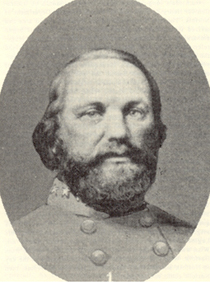
Col. Henry M. Shaw (1819-1864)
Col. Henry M. Shaw was second in command of the Confederate forces at Roanoke Island. He was born in Rhode Island and had studied medicine at the University of Pennsylvania in Philadelphia. After his graduation in 1838, he chose to practice in North Carolina. Like his commanding officer, Brig. Gen. Wise, Shaw served in the U.S. Congress before the war. When the war began, he joined the Confederate army and was later killed near New Bern on 1 November 1864. He is buried in North Carolina.

Flag Officer William F. Lynch (1801-1865)
The Confederate naval forces at New Bern were led by William F. Lynch. Born in Virginia, he married the daughter of a senior U.S. Navy officer from Connecticut. His naval exploits in the Middle East were described in a book he wrote entitled Narrative of the United States Expedition to the River Jordan and the Dead Sea. During the Civil War he chose to fight for the Confederacy and was in charge of the naval defenses around Roanoke Island and New Bern in 1862 as well as later in 1864 in North Carolina waters. After the war he was paroled and moved to Baltimore, Maryland. A U.S. naval ship for oceanographic research was named in his honor in 1962.
Veterans who have been identified for this Civil War Research Project who have connections to the 51st Pennsylvania Infantry are:
Jacob Gamber —– Martin Harris —– John F. Hartranft —– William B. Kershner —– John Murphy —– Franklin Schibe —– James L. Seebold —– Samuel Snyder.
Not all of the above-named men participated in the Battle of New Bern. Depending on the time period in which they served, they could have joined the regiment after the battle or if part of the regiment at the time, could have been on furlough or other leave during the battle. A careful examination of the muster records of each is required to confirm their participation in the Battle of New Bern.
Officer portraits are from Wikipedia and are in the public domain because their copyright has expired and/or they were were taken by photographers who were government employees who took the pictures as part of their official duties. The picture of the painting at the top of the post is from Wikipedia and is in the public domain.
Category: Research, Resources, Stories |
3 Comments »
Tags: G.A.R., Regiments

 ;
;
